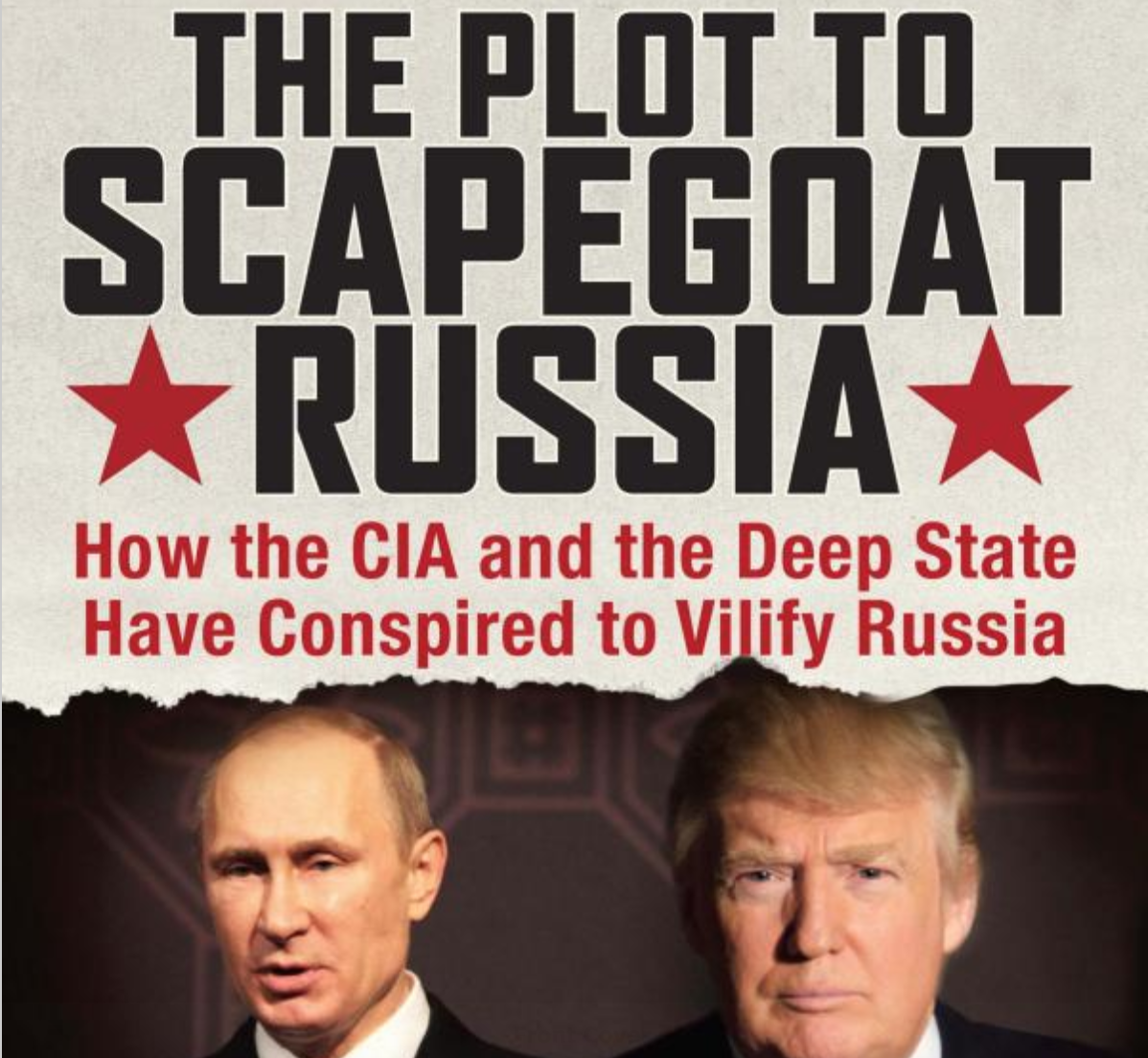The Plot to Scapegoat Russia by Dan Kovalik is lucid and historical. The prose is clear and pointed. The substance adds sobriety to a topic area, American foreign policy, where fear-mongering, self-induced vertigo, and threat externalization is the norm. Most important, Kovalik's work contextualizes some of the explosive assertions made about Russian interference in US domestic affairs. The author completes this task by reminding his readers of America's history of not only interfering in foreign elections, but also Washington's constant insistence upon dictating the flow of political affairs in faraway nations, not infrequently by the use of lethal force.
 Copyright Dan Kovalik 2017. Cover design by Brian Peterson.
Copyright Dan Kovalik 2017. Cover design by Brian Peterson.
Today, serious politicians are shaking-in-their-boots terrified Russian-speaking people are using Twitter accounts. "The Russians" are especially "astute at social media," former director of national intelligence James Clapper told a concerned Jake Tapper on CNN this morning. Politicos fear Russia splintered Americans' "sacred" right to vote, yet no calls are made to enable same-day voter registration, roll back suppressive voter ID laws, or declare Election Day a national holiday. Meanwhile, U.S. planes refuel Saudi Arabian fighter jets committing countless atrocities in Yemen, creating the the world's most pressing humanitarian crisis, according to the United Nations.
Kovalik illustrates how the New Cold War and reinvigorated McCarthyist/Red Scare movement cannot be viewed without considering in minute detail the events the preceded and followed the last breath of the Cold War.
Kovalik's treatment of the subject reflects a uniquely Christian perspective sorely needed in American policy both foreign and domestic: "You hypocrite, first take the plank out of your own eye, and then you will see clearly to remove the speck from your brother's eye." Kovalik never strays from this ethic from beginning to end. Coherent, instructive, and compassionate, The Plot to Scapegoat Russia should damn-near be required reading in high school U.S. history classes.